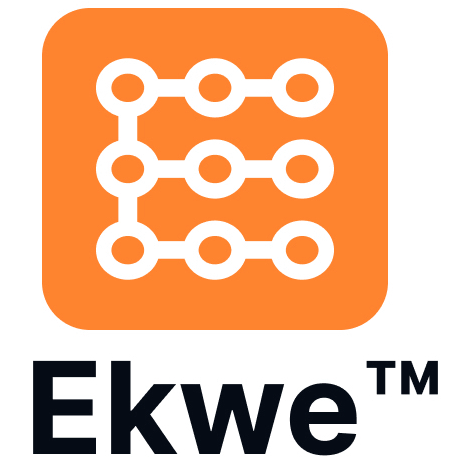Music Ideation: The Creative Foundation
Michael Cain
5 minute read
When we think about digital tools and music creation, we often assume the work starts with engaging a DAW (Digital Audio Workstation). Similarly, we tend to focus on the final product—composing a song, producing a beat, or performing onstage—as the hoped-for outcome. But before creation comes ideation, the crucial step where inspiration is explored, ideas are formed, and creativity is nurtured. Ideation is the work that happens before the work—the process of discovering and deeply connecting with musical ideas, testing their boundaries, uncovering their essence, and imagining where they might lead.
What makes ideation so powerful is that it lays the foundation for meaningful and original music. Today, digital tools allow more ways than ever to ideate, transforming how we explore and develop ideas. Let’s look at a few ways this plays out in practice.
Sound Recording and Audio Capture
Simple actions, like recording a voice memo or capturing field recordings, allow us to preserve moments of inspiration. These recordings become tangible resources we can revisit, serving as a bridge between a fleeting thought and a fully realized piece of music. Additionally, they help develop our ears for working with DAWs. Just as aural skills for playing an instrument are developed through pitch recognition and pattern identification, the aural skills for working with digital recording platforms are developed by establishing a relationship with recorded sound. Making a habit of capturing and revisiting sounds strengthens our ability to listen critically and creatively.
Sound Exploration
This might involve browsing presets in a DAW, exploring software instruments, or even crate-digging through vinyl, as DJs often do. It’s all about discovery—building a palette of sounds that sparks curiosity and lays the groundwork for creativity. By focusing on exploration rather than immediate creation, we give ourselves permission to experiment and let inspiration unfold organically. This practice fosters a mindset that prioritizes playfulness and open-ended discovery over rigid expectations.
Live Jamming with Digital and Electronic Instruments
Much of our use of digital tools focuses on the production side rather than live musical interaction—working "in the box," so to speak. Whether using electronic instruments, drum pads, or even everyday objects like a classroom table, jamming allows participants to engage deeply with sound through improvisation and repetition. DAWs can enhance this process by providing loops or pre-recorded material as sources of inspiration. In this setting, digital tools become more than recording devices—they become active collaborators, enabling real-time interaction and experimentation.
Playlist Curation as Ideation
Creating playlists is a low-pressure way to explore music’s vast landscape. It helps us refine our aesthetic, discover our creative identity, and connect with others through shared musical experiences. Playlist curation nurtures individuality while also fostering community. By curating music with intention, we develop a deeper understanding of genre, texture, and emotion—essential skills for any music creator.
Shifting the Perspective on Outcomes
These ideation practices do more than just prepare us for music creation—they shift our perspective on desired outcomes. Outcomes are no longer just about producing a song or beat. Instead, they’re about the skills and mindset we develop through the process: heightened awareness of the world of sound, the ability to connect internal creative ideas with external expression, and developing a way of hearing that aligns music makers’ imaginative selves with the sounds they create.
The benefits of this approach go beyond music. We know that music engagement enhances skills like math, language, emotional maturity, and critical thinking. Countless successful individuals attribute their achievements to the discipline and creativity they developed through musical study. Much of this stems from the connection and interplay developed between a music maker’s imagination and the world of sound.
How Ekwe Centers Ideation
The Ekwe platform is built around these principles, placing a strong emphasis on the ideation phase in ways that traditional DAWs often overlook. We focus heavily on global music, offering not only the instruments themselves but also their cultural and historical contexts. Users can capture field recordings, explore a diverse palette of traditional and electronic sounds, engage in live jamming, and even curate and share musical experiences—all within an intuitive, accessible framework. These elements seamlessly integrate, creating a dynamic sonic environment that enhances the connection between hearing and imagination.
For us, it’s not just about making music—it’s about creating meaning and fostering connections. By centering these elements, Ekwe aims to cultivate a unique and deeply personal relationship with the world of sound and the art of music-making.
